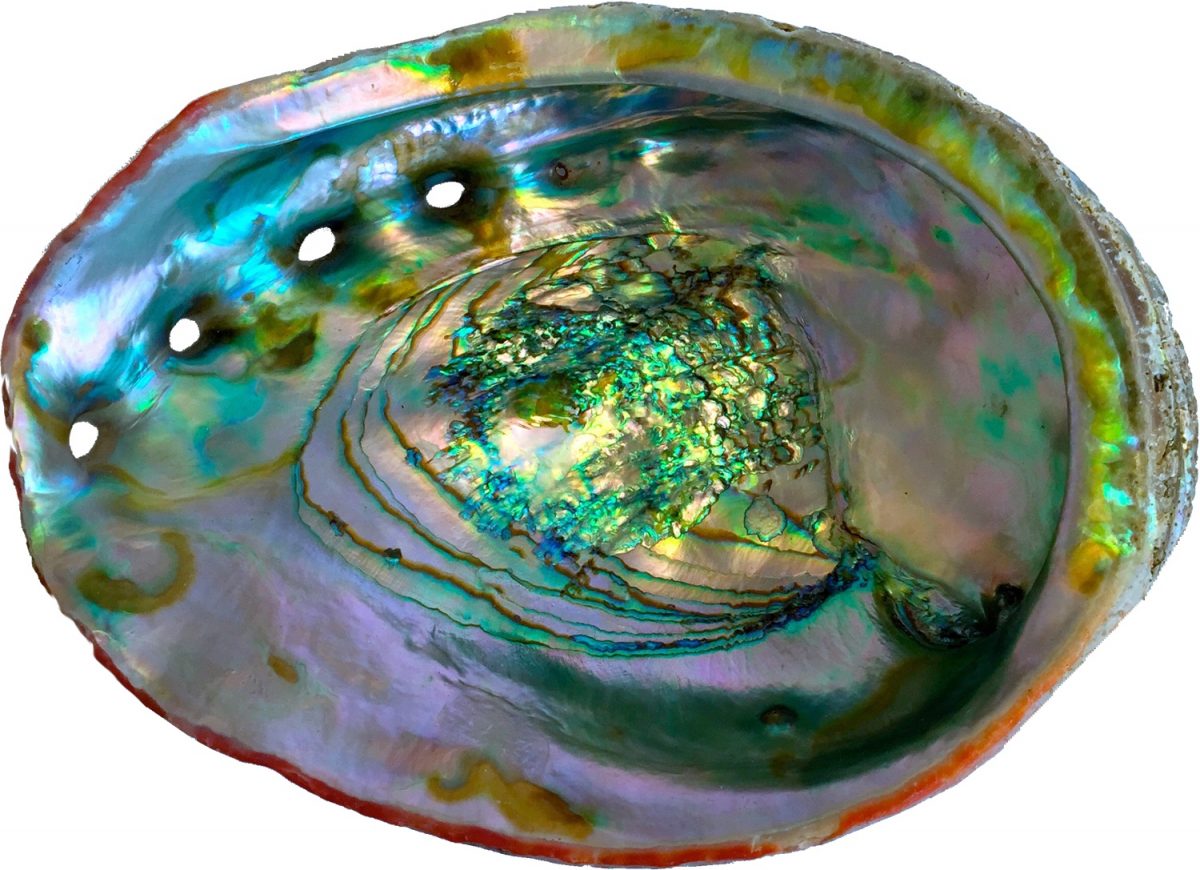
This post was written by Rachael Lee, a student science writer with University Communications.
A singer or a violinist’s performance produces sound waves that echo across a concert hall. A painter may mix different paint colors to create a new hue. Dancers use forces like gravity and inertia to produce stunning displays.
At first glance, the arts and physical sciences may look like very separate disciplines. However, many art forms are based on physics.
One hugely popular physics course at the University of Wisconsin–Madison shows how the arts and physics are, in fact, inextricably linked. Physics in the Arts (Physics 109) examines sound and light using examples from the arts. Physics in the Arts has been taught at UW–Madison since 1969, when it was started by physics professors Willy Haeberli and Ugo Camerini. Today’s instructors, professors Pupa Gilbert and A. Baha Balantekin, are continuing and extending the class’s mission to bridge the two disciplines to benefit both physicists and artists in understanding and appreciating each other’s fields.
Balantekin says that the interdisciplinary course shows the rest of the campus community that physics is not just a technical subject. By demonstrating physics in a medium familiar to artists, it helps provide a new perspective and appreciation for the sciences. “If you’re a musician, it’s much better to learn about the physics behind how your instrument works, or the physics behind how colors mix. It’s more interesting, and then it still helps them to learn,” he says.